Phoenix Kingdoms
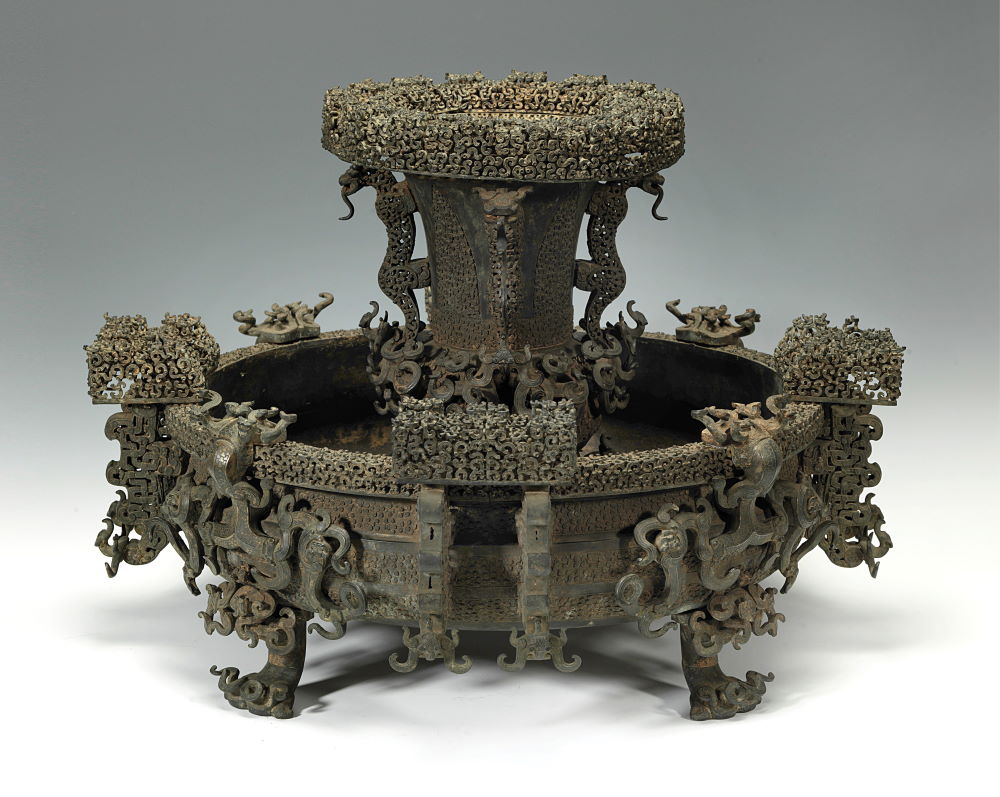
The Bronze Age kingdoms of China have long been overshadowed by the Qin, who replaced them with a unified empire. Fan Jeremy Zhang explores the spectacular discoveries that have been helping two of them, the Zeng and Chu, rise from obscurity.
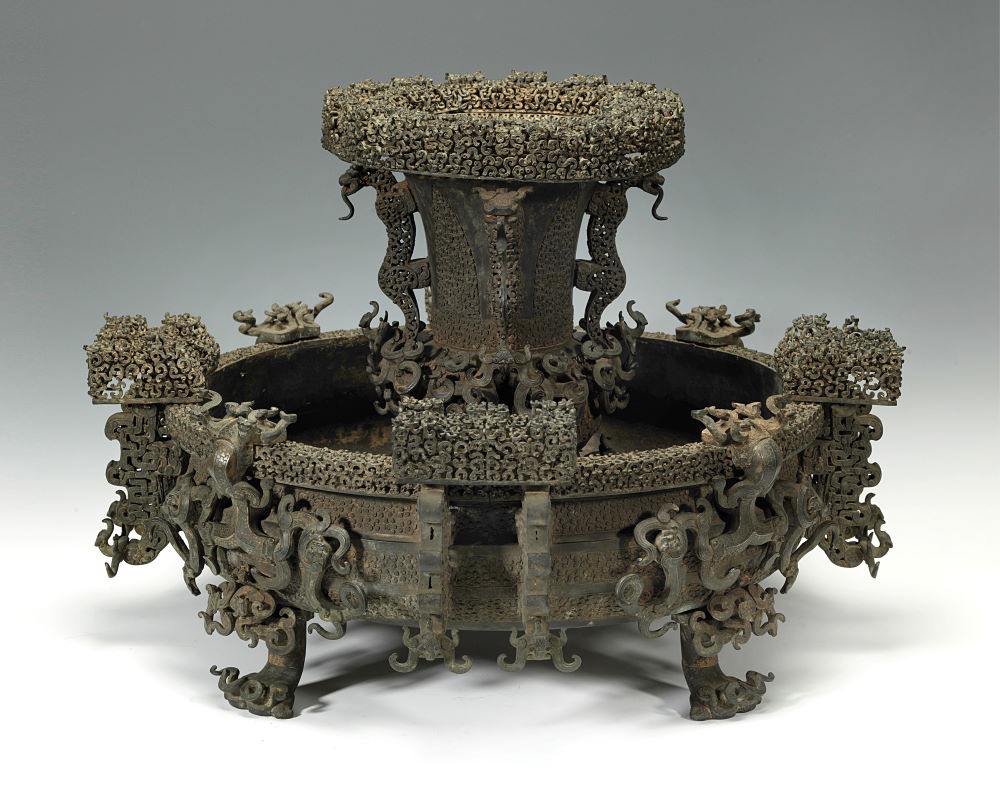
In 1978, the discovery of the tomb of Marquis Yi of the Zeng surprised the public with its trove of thousands of shockingly well-preserved artefacts from China’s Bronze Age. Because of the extreme rarity and sophistication of the objects, this find ranks among the foremost discoveries in Chinese archaeology of the 20th century, akin to Tutankhamun’s tomb, Pompeii, or Knossos – yet it remains little known in the West. The large burial chamber imitates a palace, with a wealth of sumptuous objects accompanying the marquis into the afterlife – bronzes, jade carvings, lacquerwares, textiles, weapons, and musical instruments. Among them was a full set of 65 ornate bronze ritual bells, inlaid with detailed inscriptions. Amazingly, these chime bells can play the sounds of the entire chromatic scale, much like that of a modern piano.
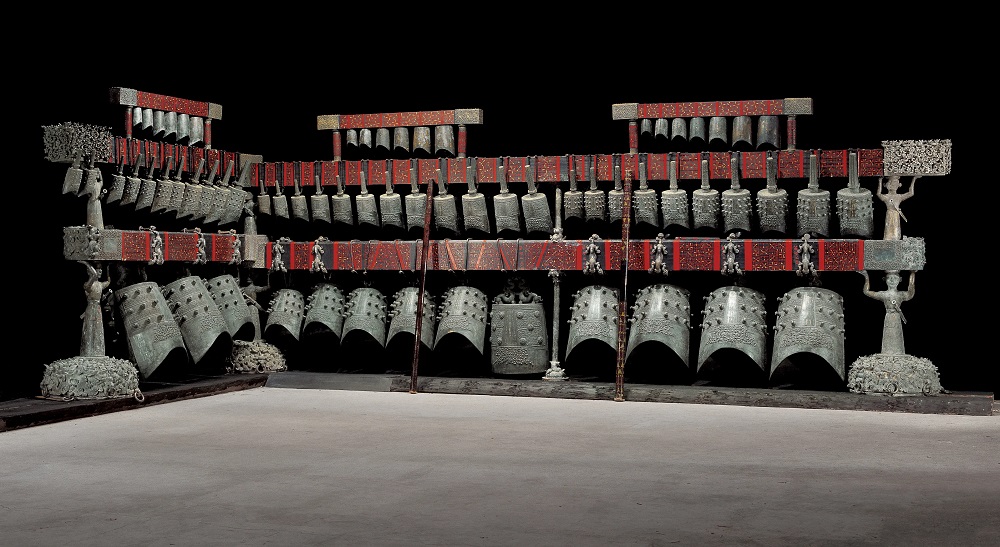
The bells represent the highest accomplishment of art, music, design, and technology in early China, and demonstrate how all these intertwined within the daily life of Marquis Yi’s court, while hinting at broader cultural and political intersections during this tumultuous period. The set includes a bell commissioned by a Chu king as a special gift to this Zeng marquis in the year 433 BC, clearly indicating the occupant and date of the tomb. Still, some questions have puzzled archaeologists for years. How did the Zeng, a small state under the sway of the Chu, develop the technology and resources for such a complex bell set? What was the relationship between the Zeng and the powerful Chu? And can solving this ‘puzzle’ shape broader trends within a global archaeology that remains orientated away from the rich complexity of ancient China?
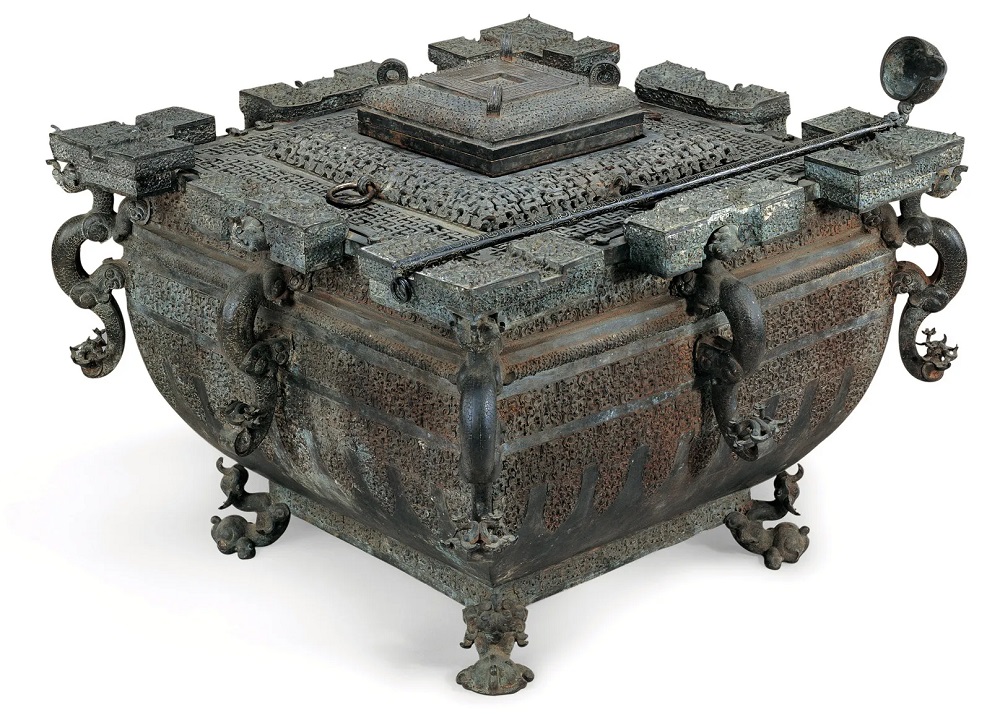
The Zeng and Chu kingdoms flourished along the middle Yangzi River, one of the cradles of Chinese civilisation. Both were vassal states of the Zhou dynasty (c.1050-256 BC), who ruled from its Yellow River base to the north. In order to exploit the Yangzi region’s natural resources, the Zhou court expanded its southern frontiers through a fiefdom system and assigned numerous vassal states to better monitor local tribes and kingdoms. Many small states were gradually annexed by large ones over the years, with seven major states still surviving around 450 BC, when Marquis Yi started his rule. One – the infamous Qin – finally conquered the other states and founded the first unified Chinese empire, replacing the by-then powerless Zhou. The majority of these states have been forgotten over time, in part by design, with the Qin (whose first emperor left us the famous Terracotta Warriors) recording their victories and burning local records and histories that might have offered an alternative take on their glorious conquests.
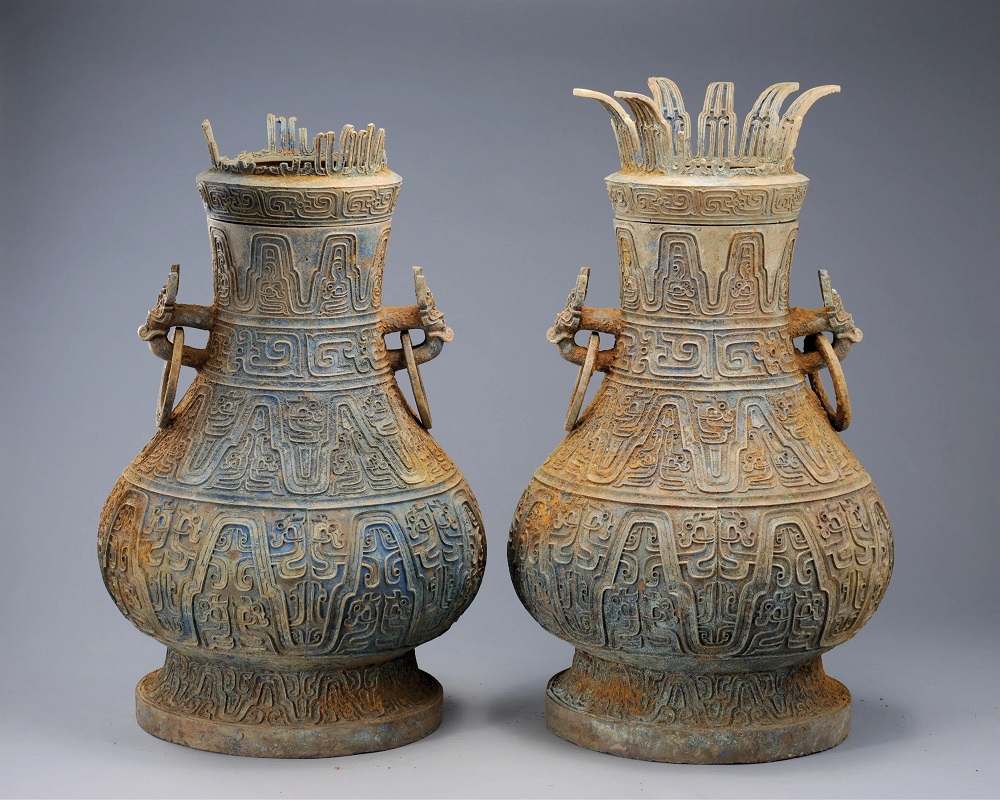
Yet two legendary kingdoms – Zeng and Chu – have emerged from the dark and begun to shine again thanks to archaeology. They thrived in a fertile land, where the worship of phoenix totems and shamanistic spirits was established long before the founding of these kingdoms (c.1040 BC for Zeng and c.1030 for Chu). Zeng was once a significant political force but the state’s existence was only recently attested to by archaeological evidence. Chu was well known in history, as it dominated southern China for centuries, but the kingdom’s remarkable artistic patrimony and mysterious iconography received less attention than deserved.
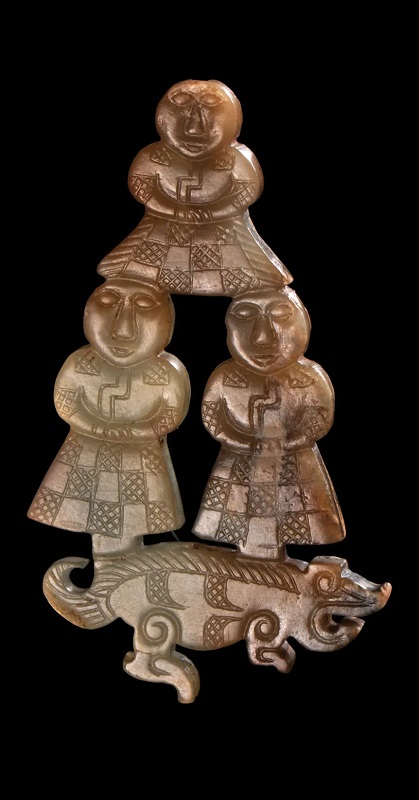
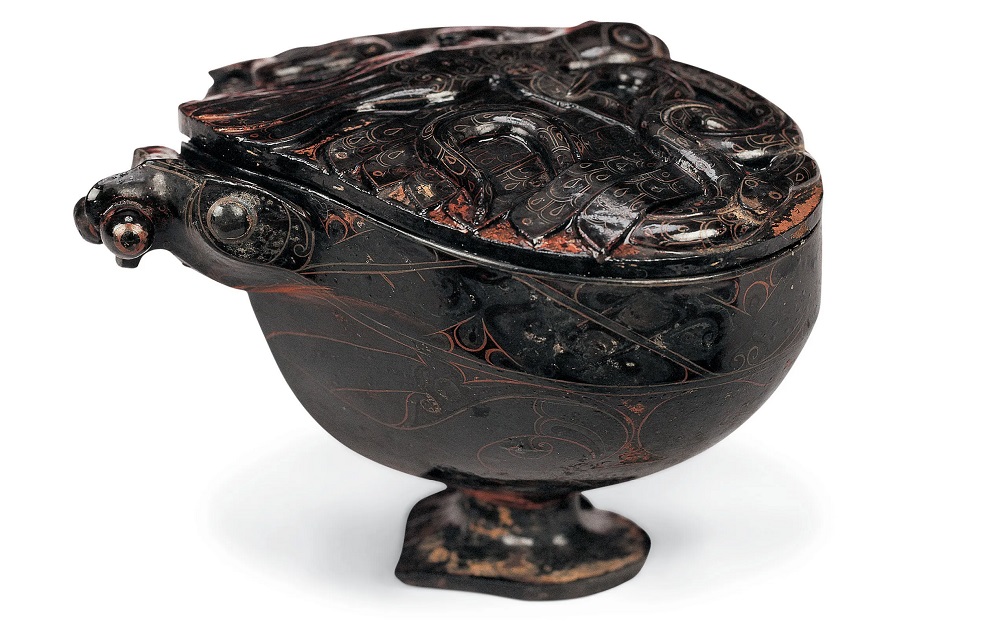
The pace of archaeological discovery in Hubei has increased over the past two decades. In 2002, excavations in Guojiamiao in Zaoyang revealed the tombs of several early Zeng marquises that confirmed Zeng’s close cultural affiliation with the Zhou court. Previously, Zeng was merely considered a subset of Chu culture, but recent finds have helped scholars realise that, despite its size, Zeng was actually an influential state firmly established in the middle Yangzi from the outset of Zhou hegemony in the region. In fact, Zeng and Chu both functioned as the major interfaces between the Zhou court and local cultures along the southern frontier. The amazing discoveries of Zeng noble tombs at Yejiashan and Wenfengta in Suizhou since 2011 have further revealed that the founding marquises of the Zeng were actually Zhou princes assigned to oversee the socially complex southern borderland. Among the numerous vassal states established in this murky border zone, the Zeng rulers enjoyed more privileges than most and were trusted governors, thanks to their shared bloodlines with Zhou kings. Yet there is, strangely, almost no record of ‘the Zeng state’ in historical books from this time.
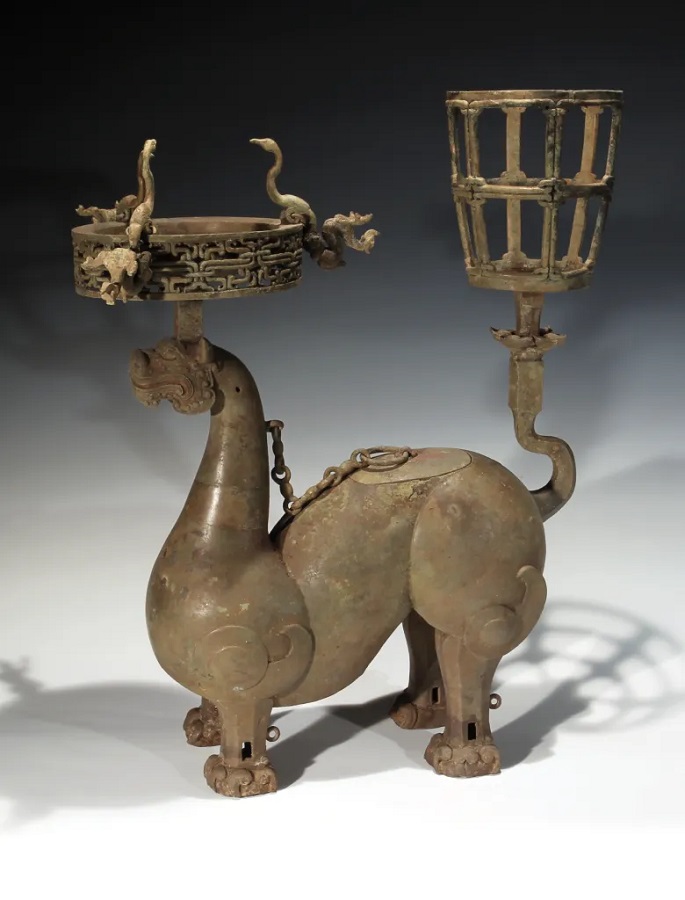
This is an extract of an article that appeared in Minerva 197. Read on in the magazine (click here to subscribe) or on our new website, The Past, which details of all the content of the magazine. At The Past you will be able to read each article in full as well as the content of our other magazines, Current Archaeology, Current World Archaeology, and Military History Matters.
